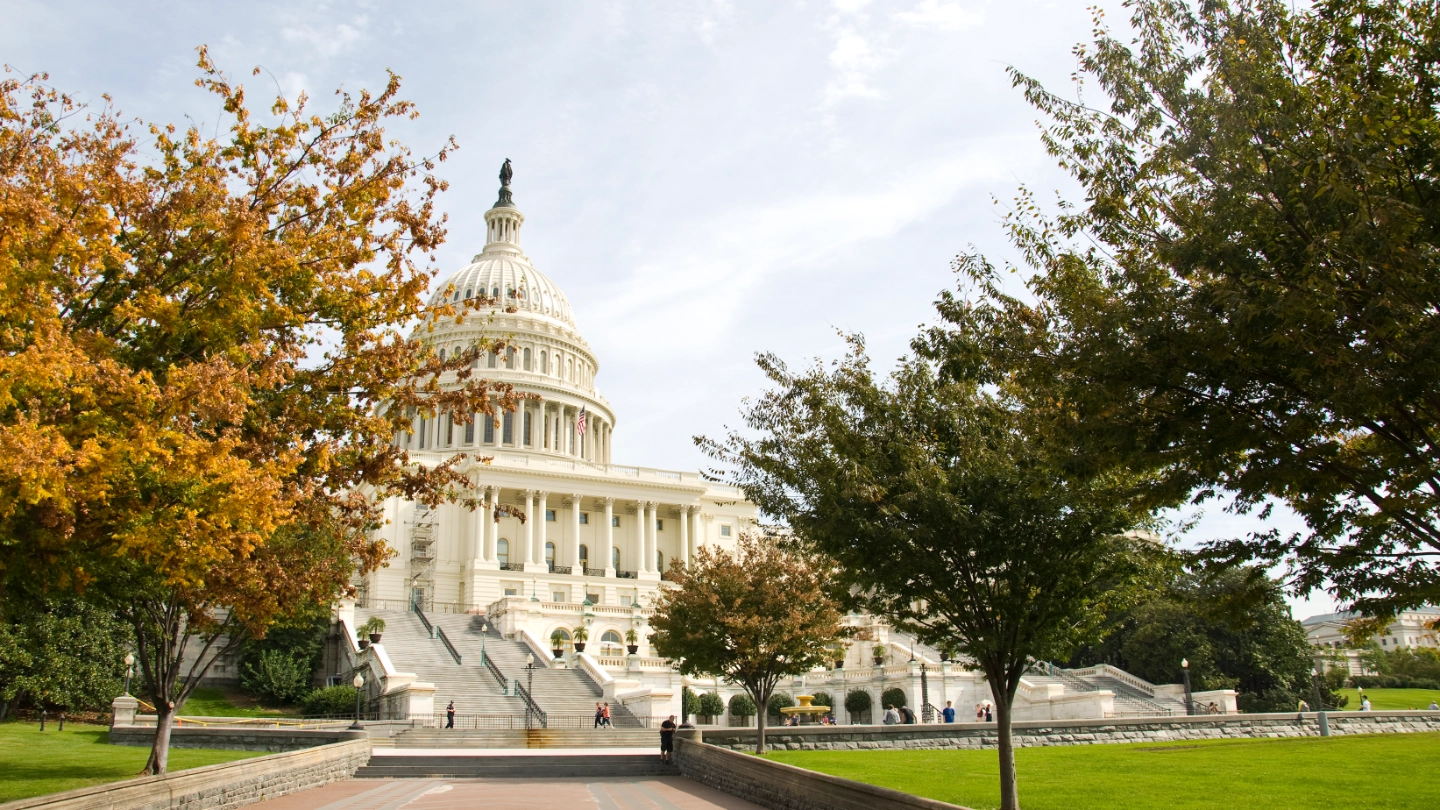Atradius Atrium
Get direct access to your policy information, credit limit application tools and insights.
 United States offices
United States offices





Filter by







Load more
Viewing 7 out of 171






Load more
Viewing 7 out of 25







Load more
Viewing 7 out of 10
Case study
